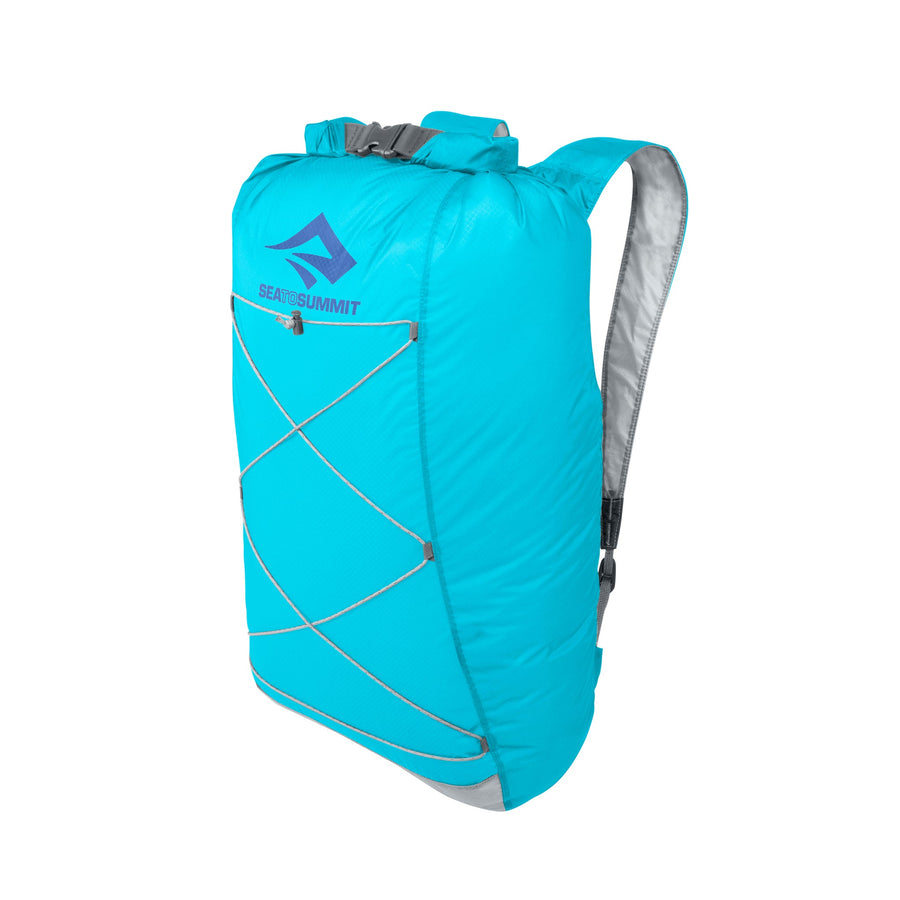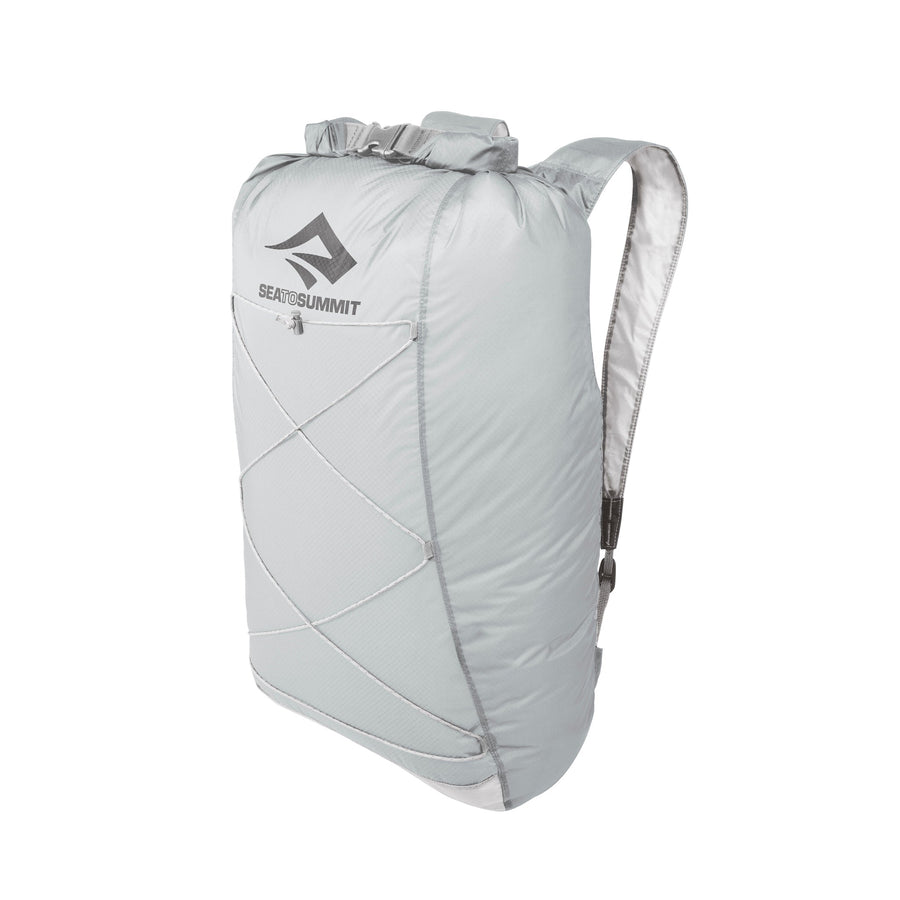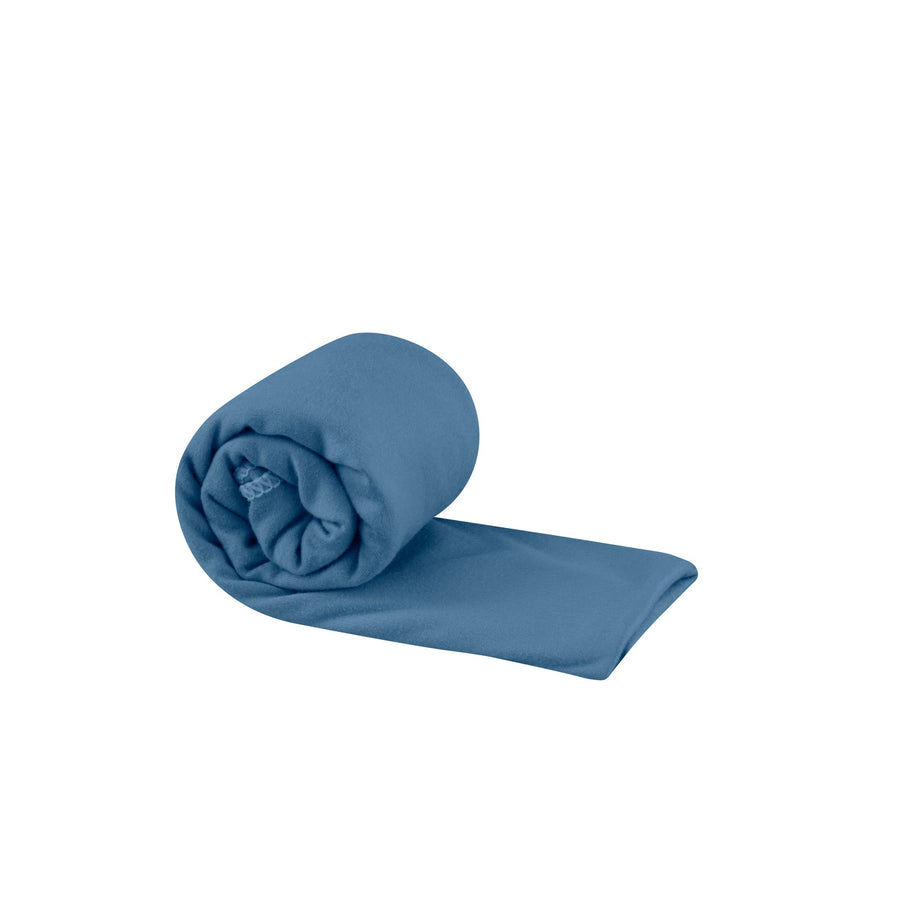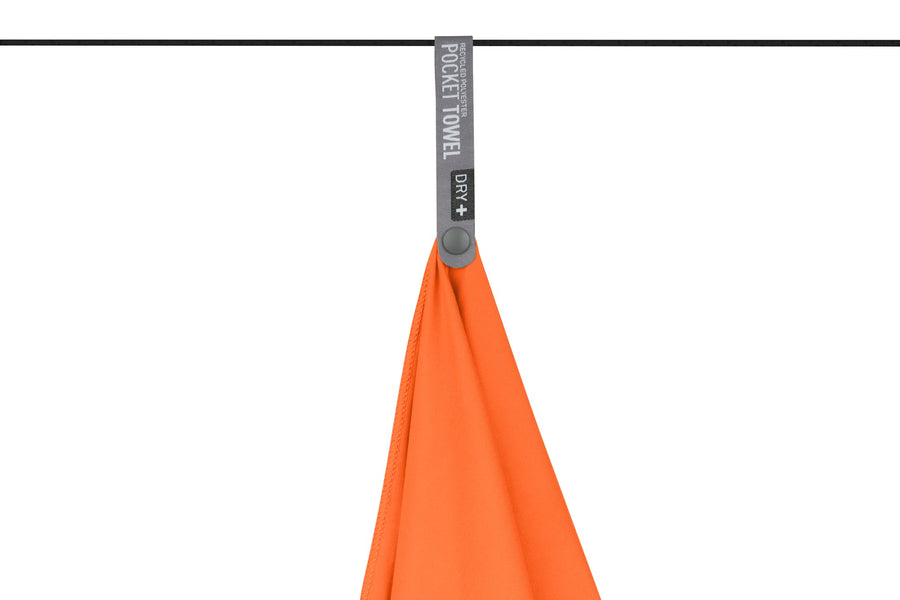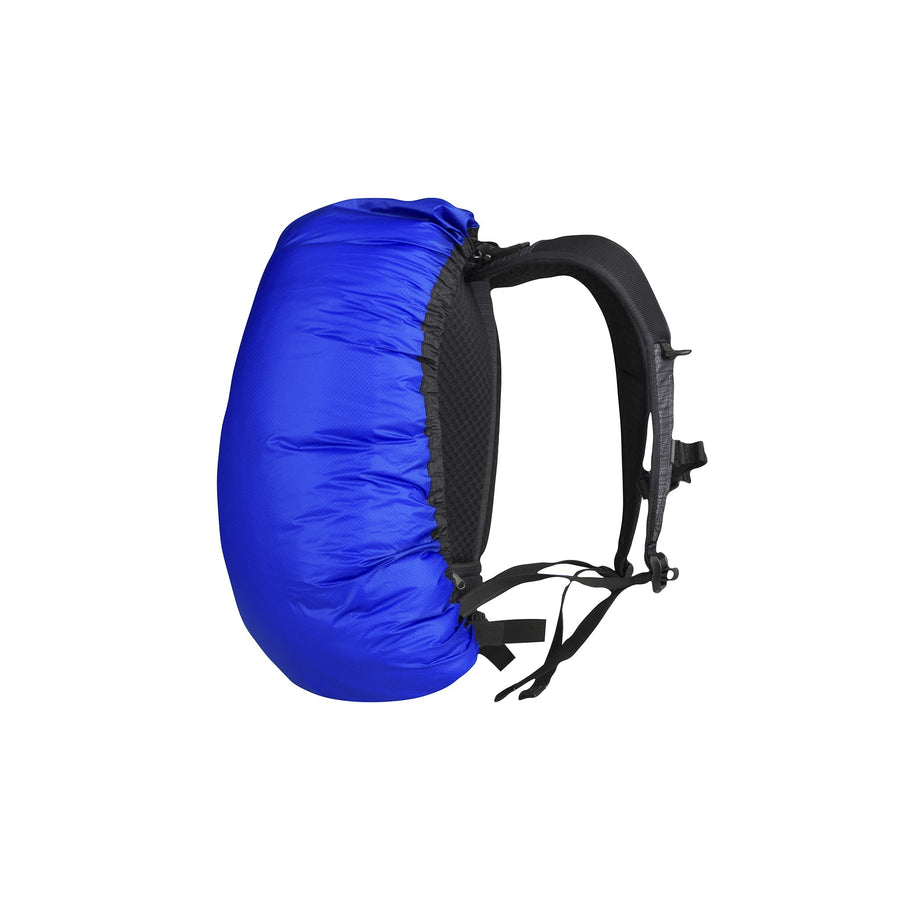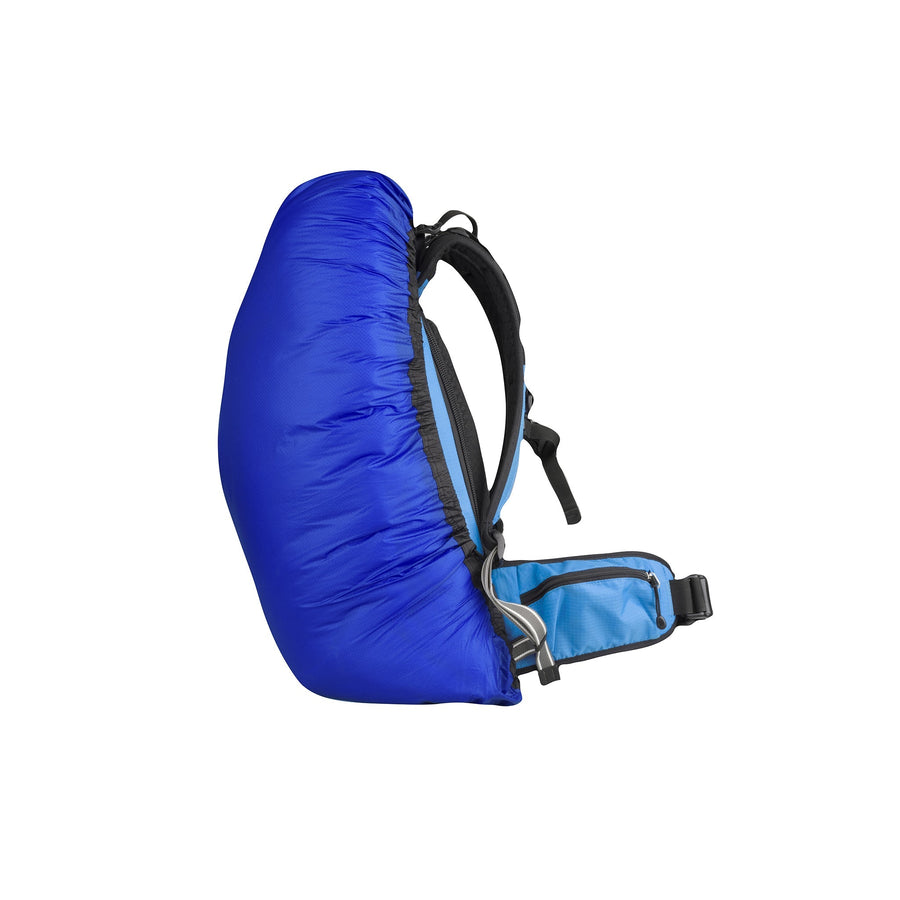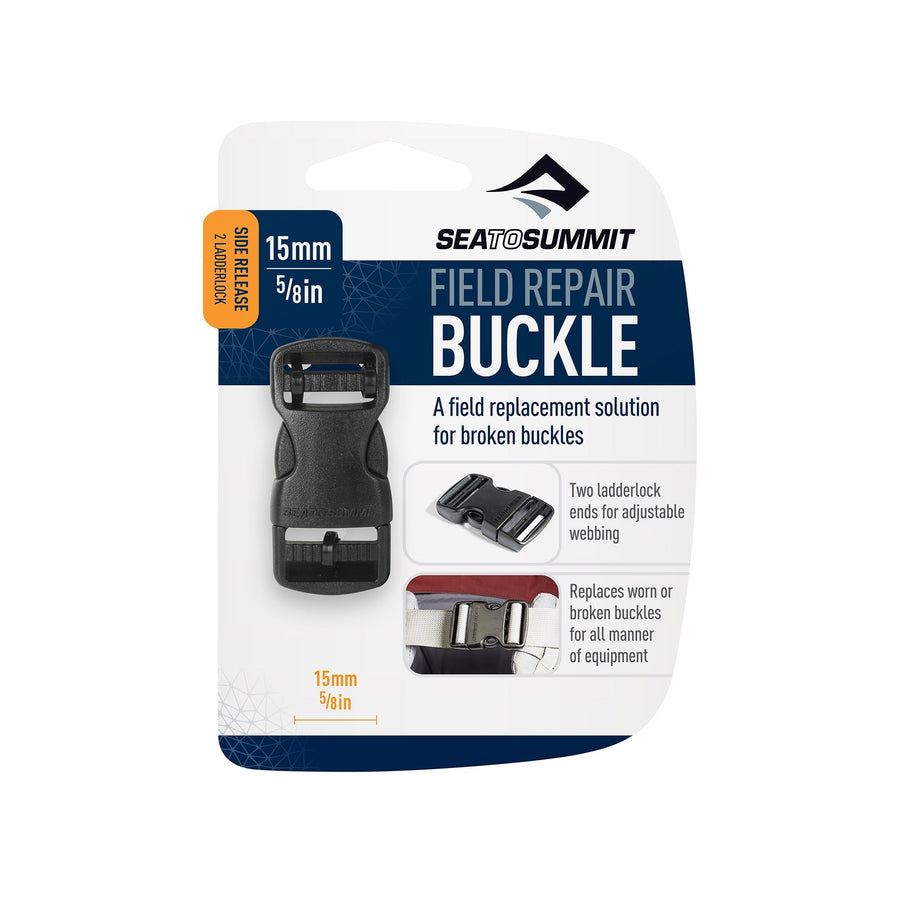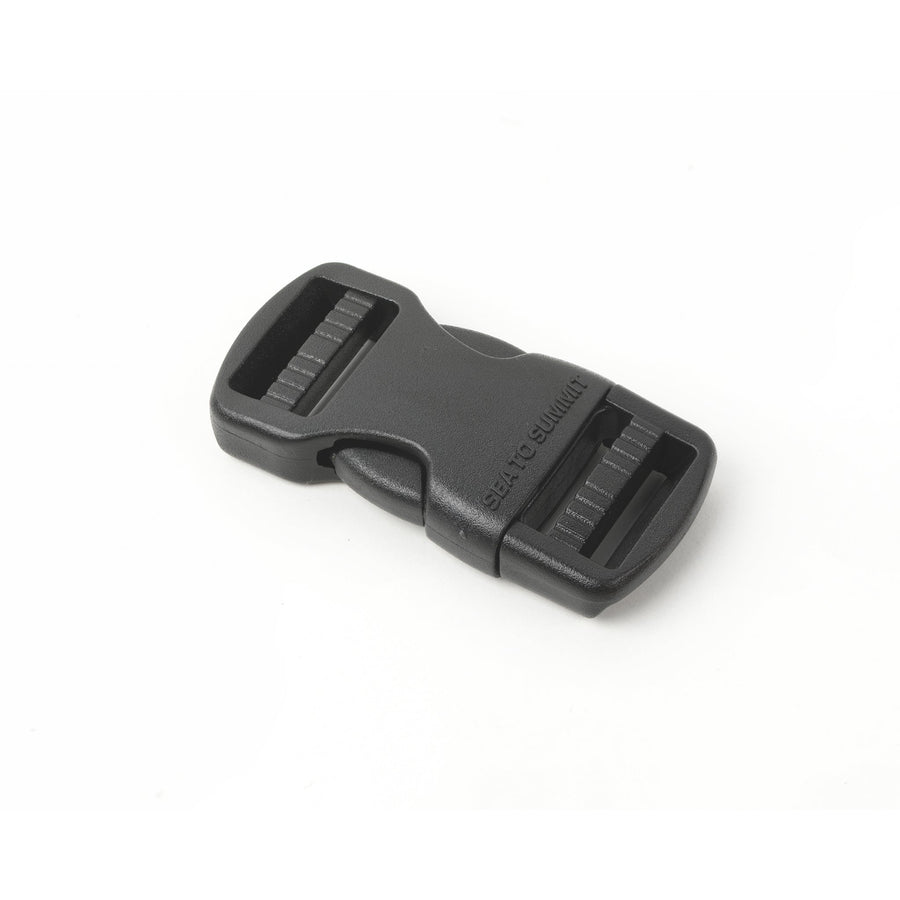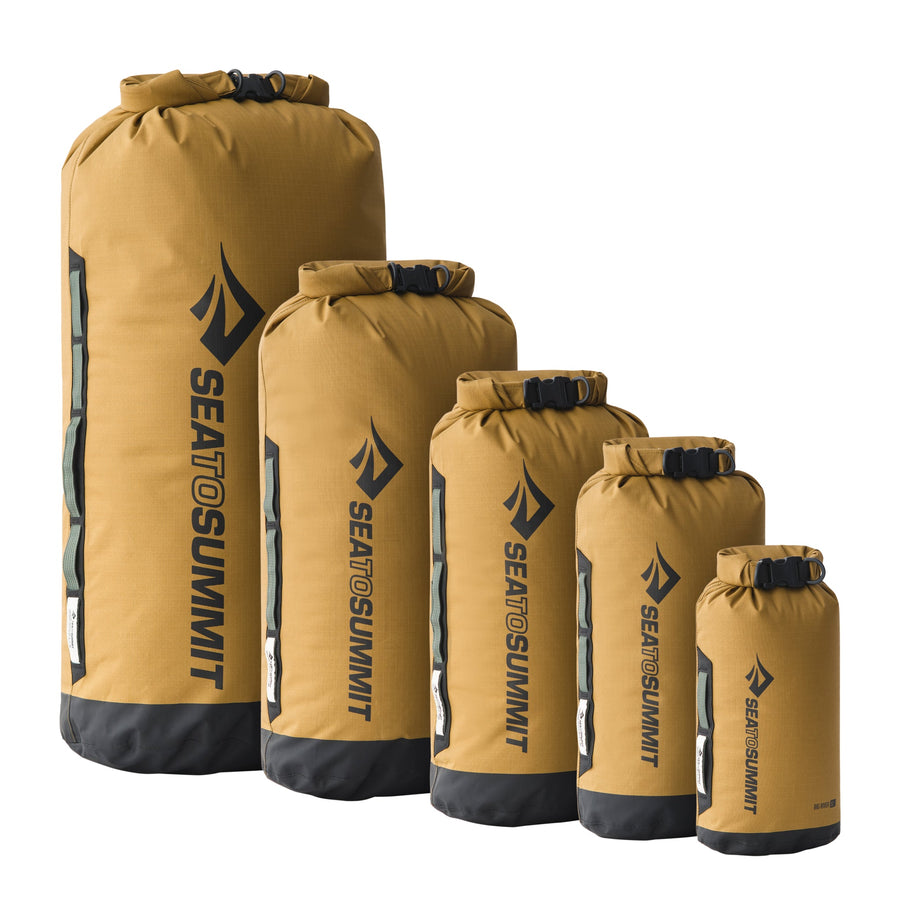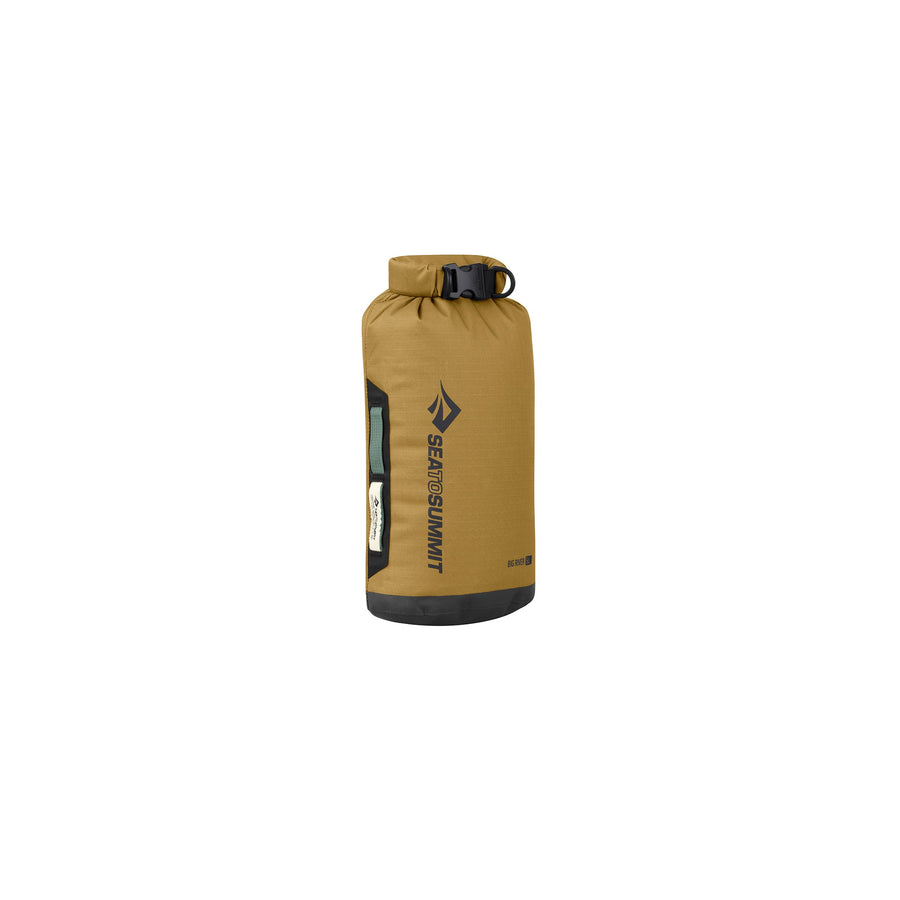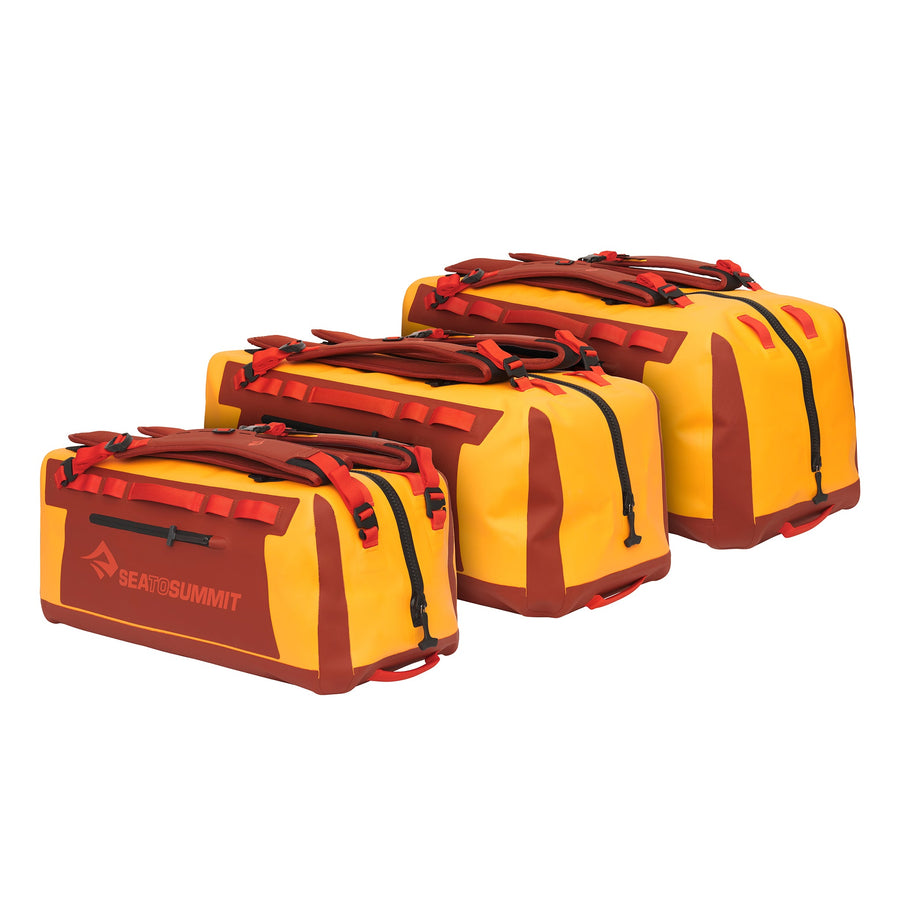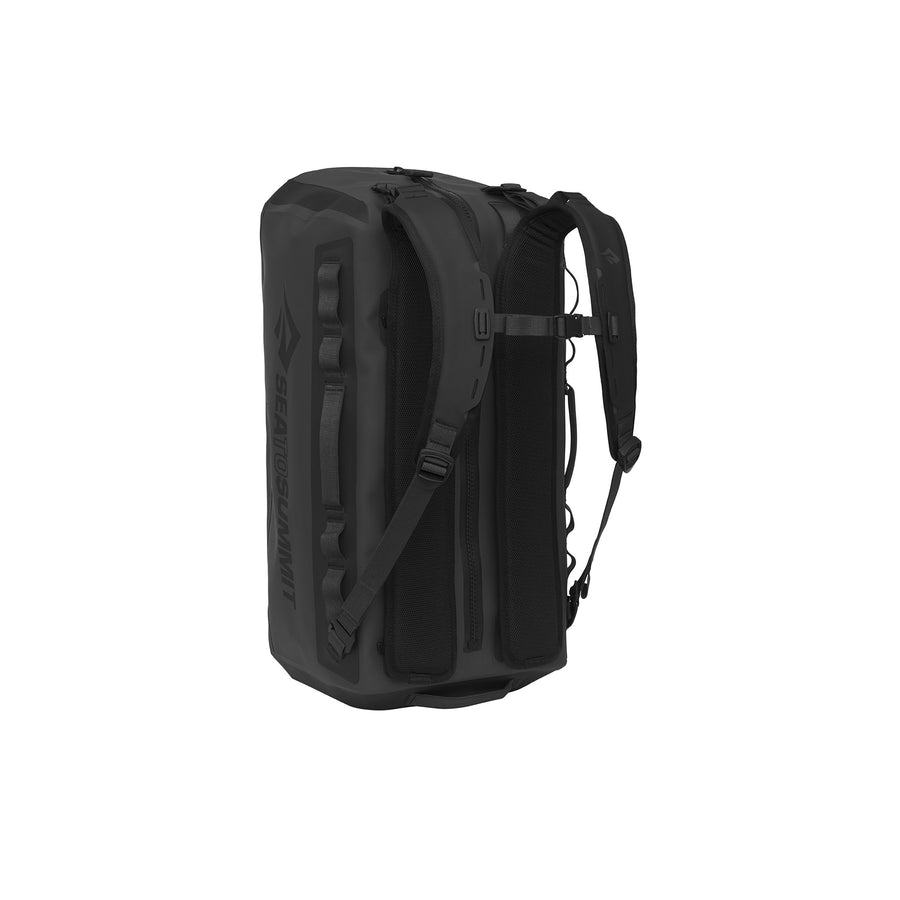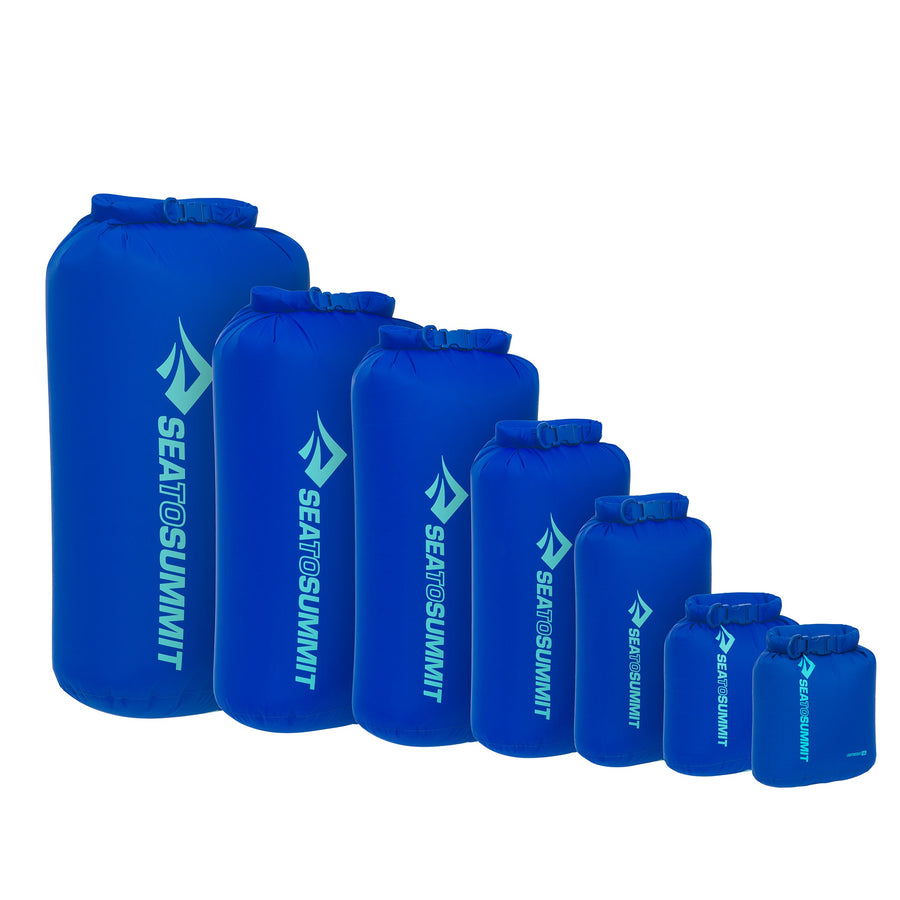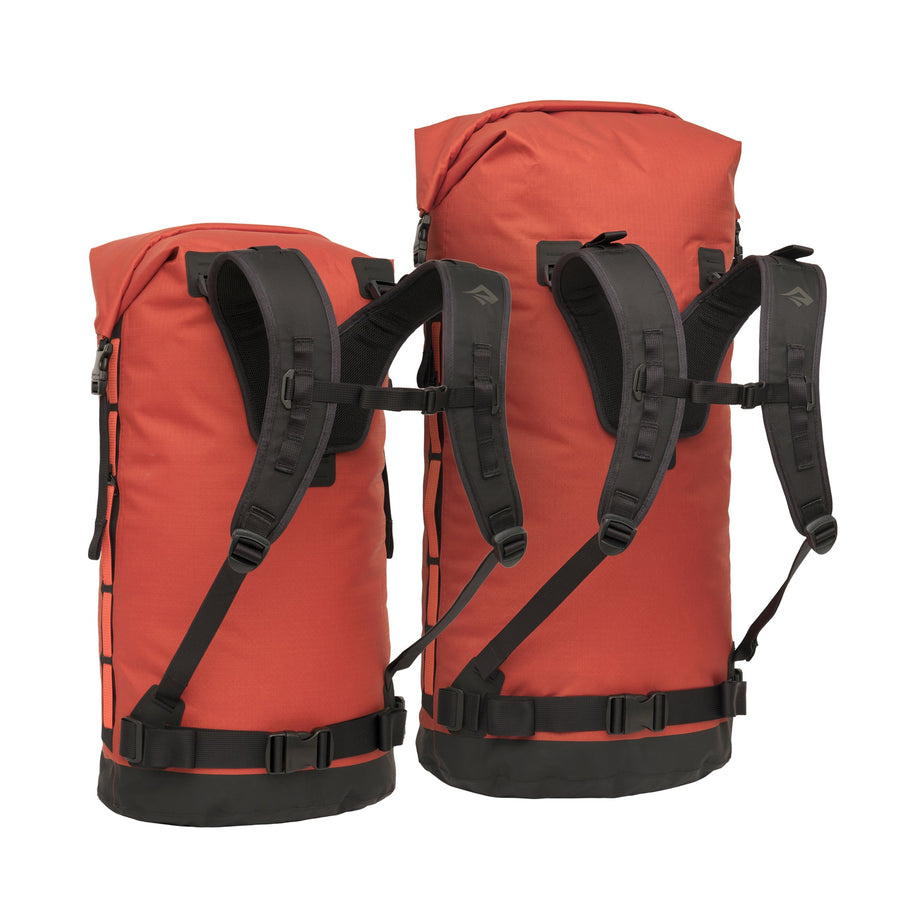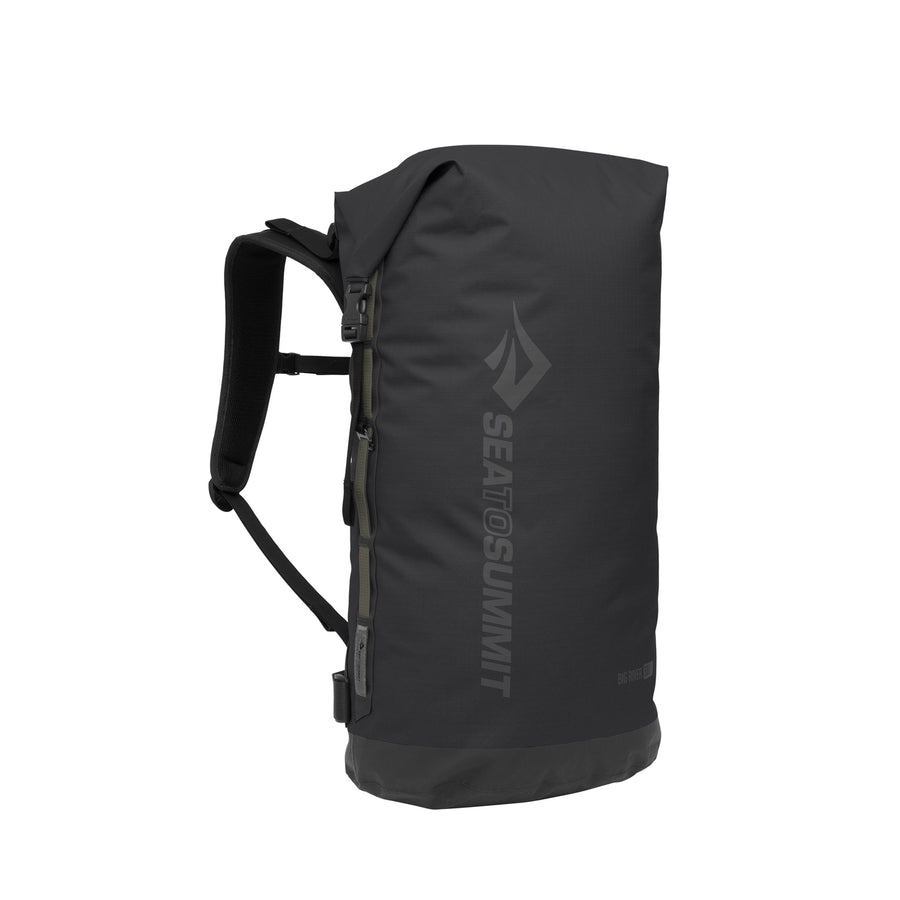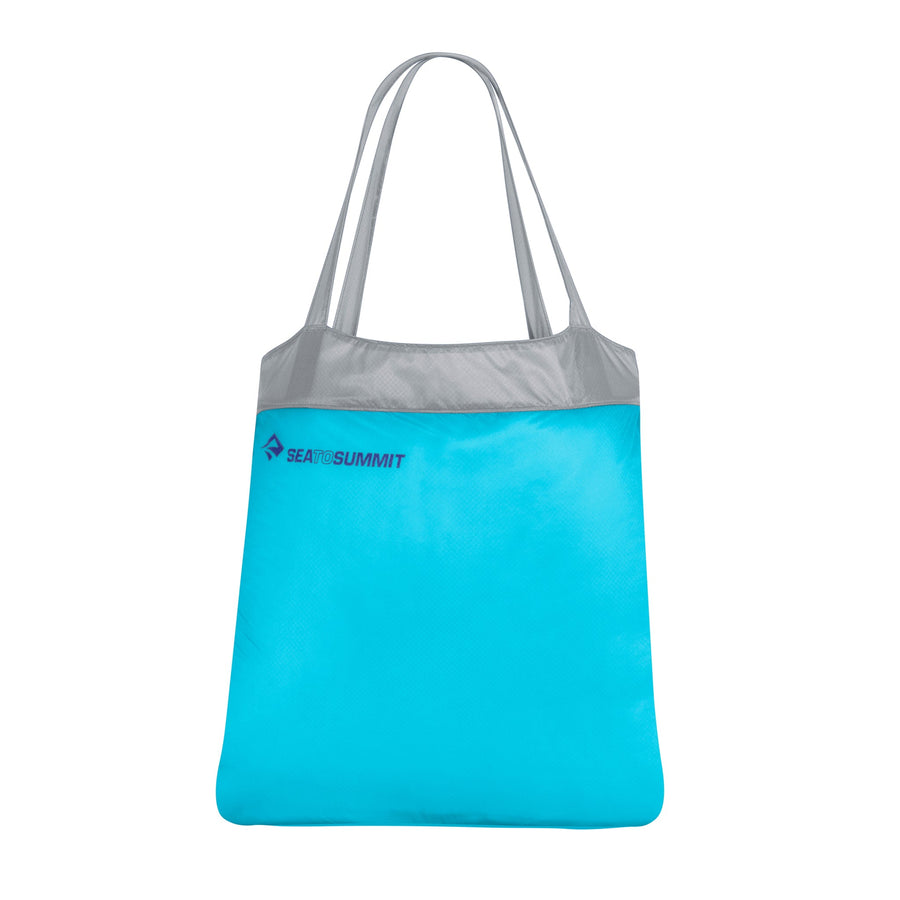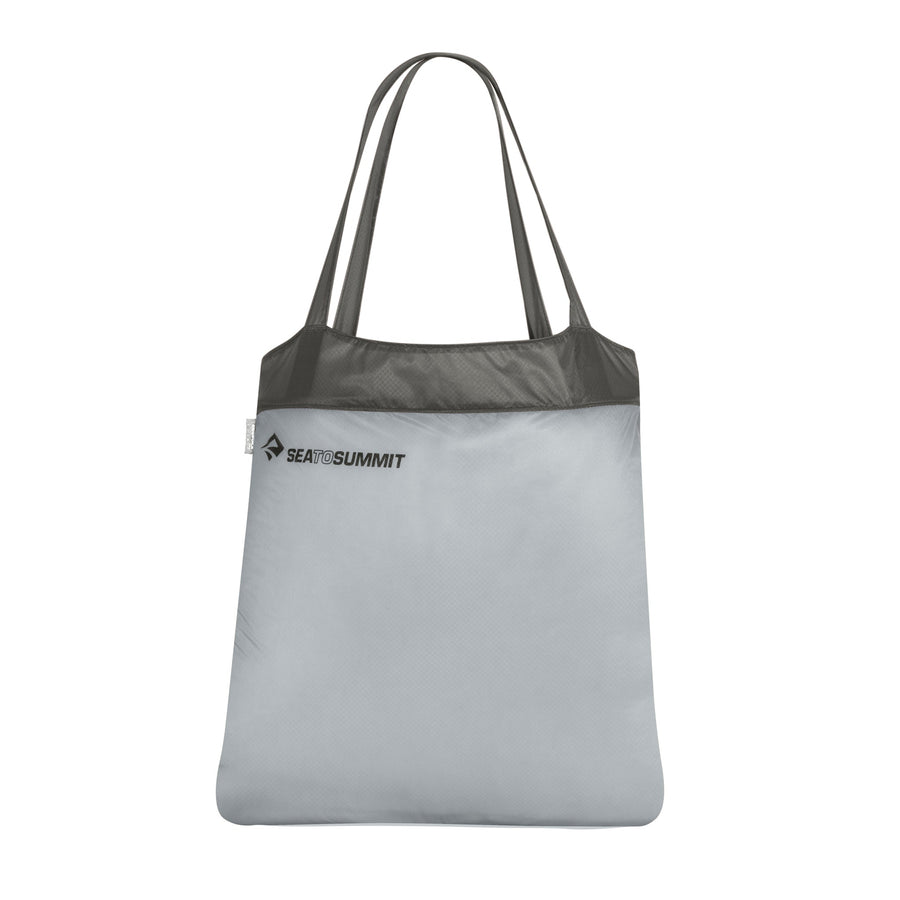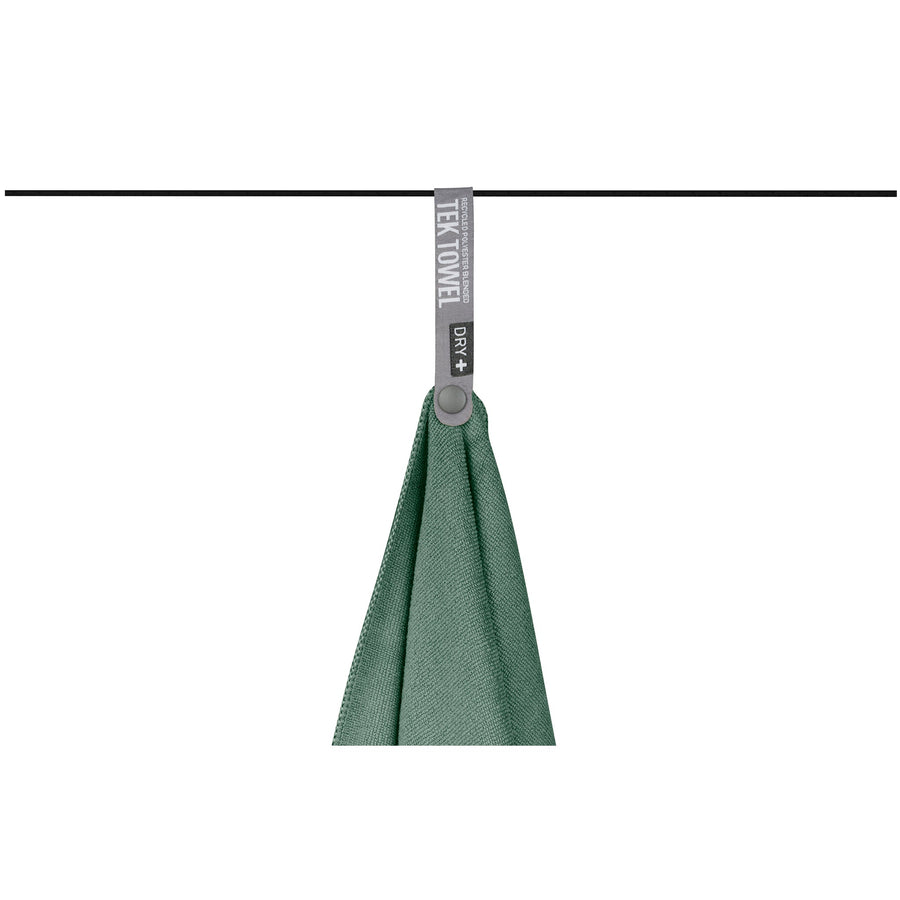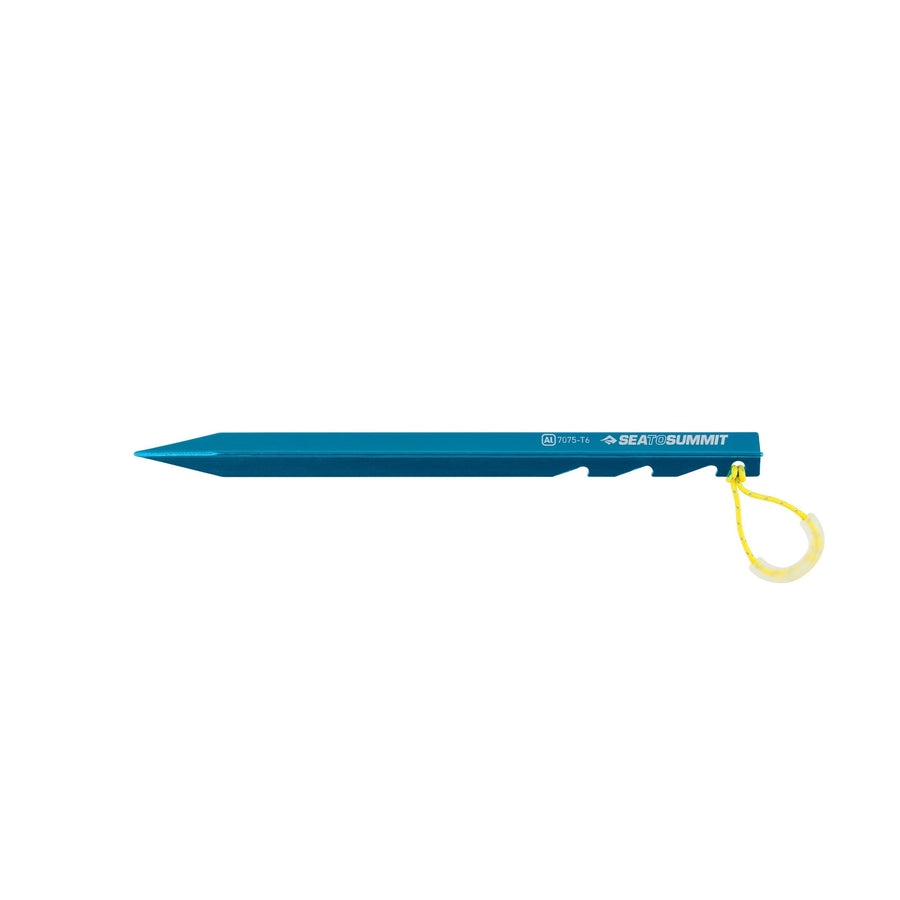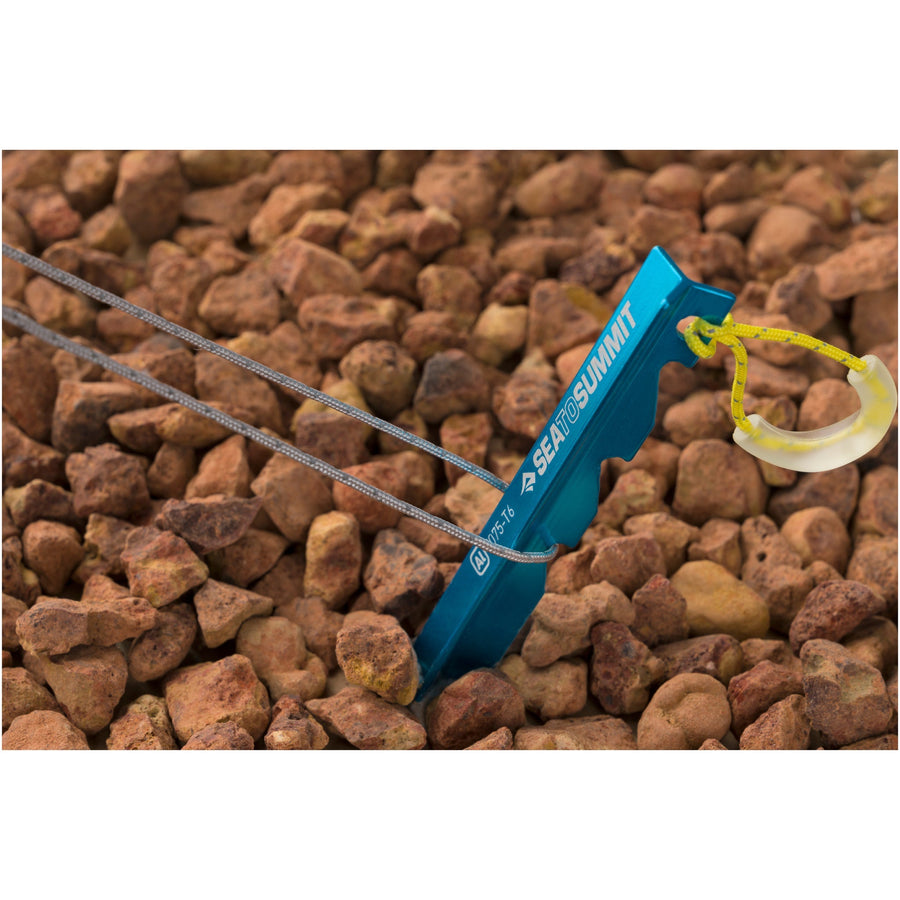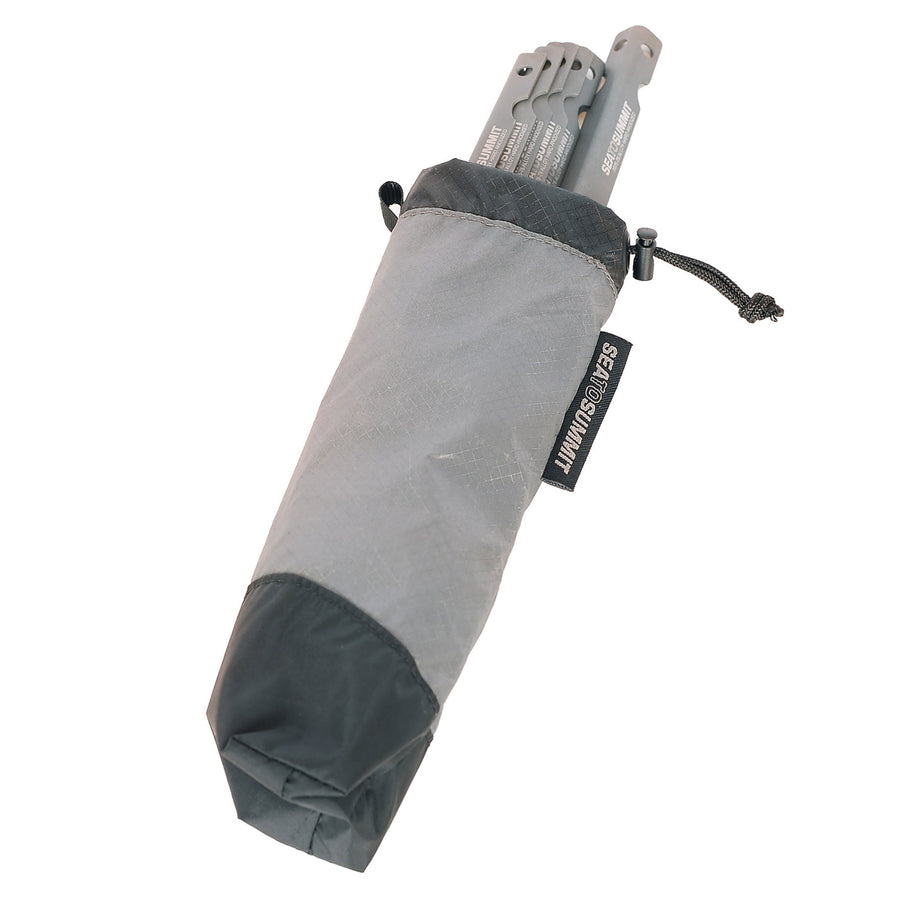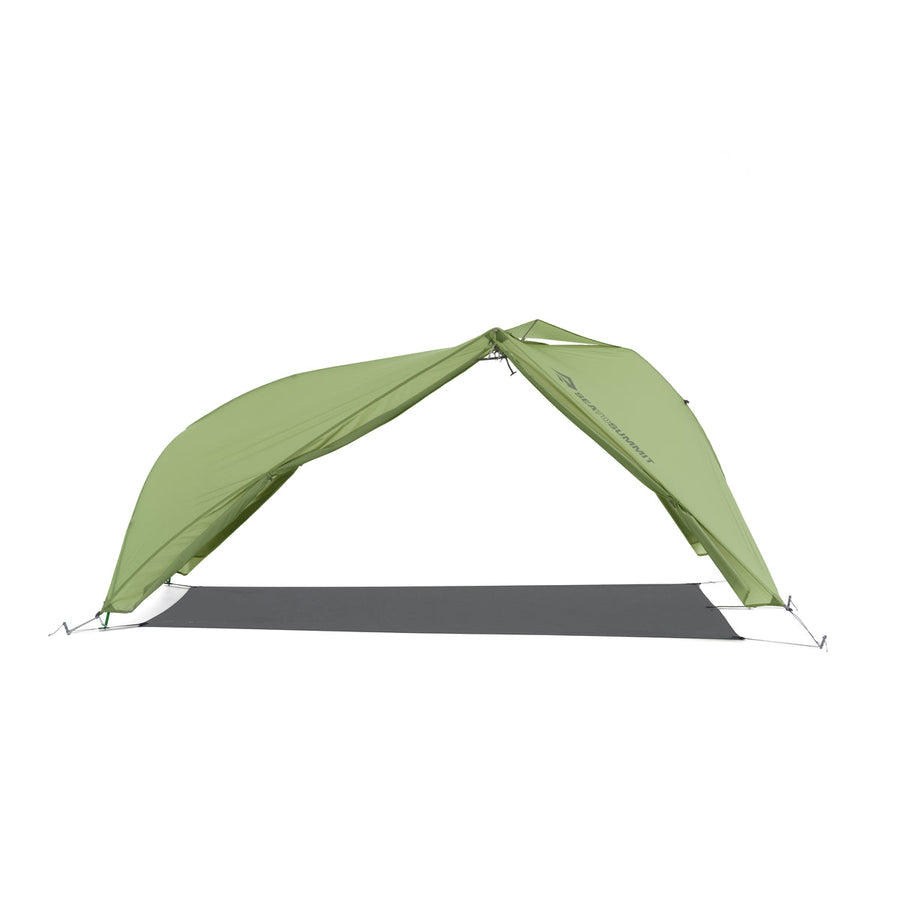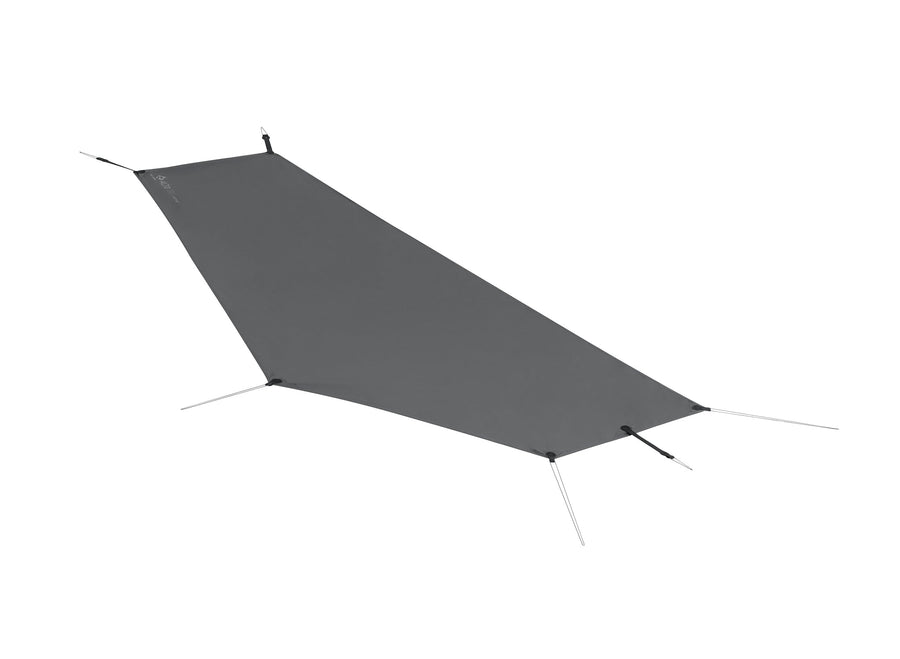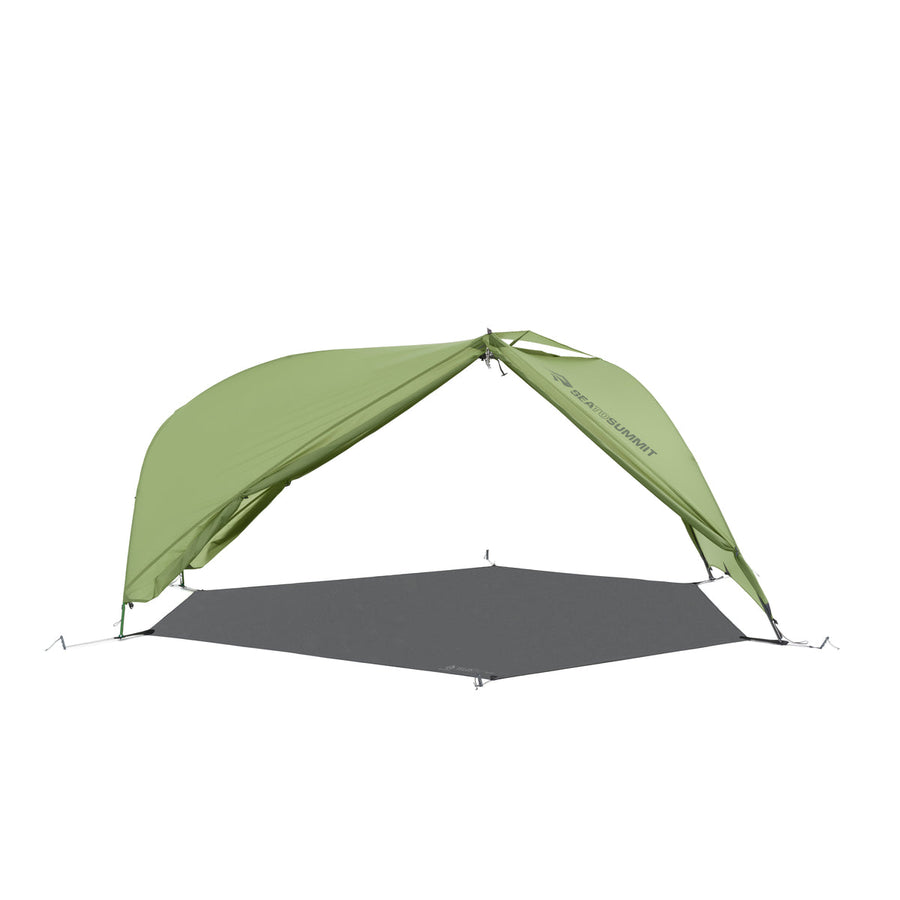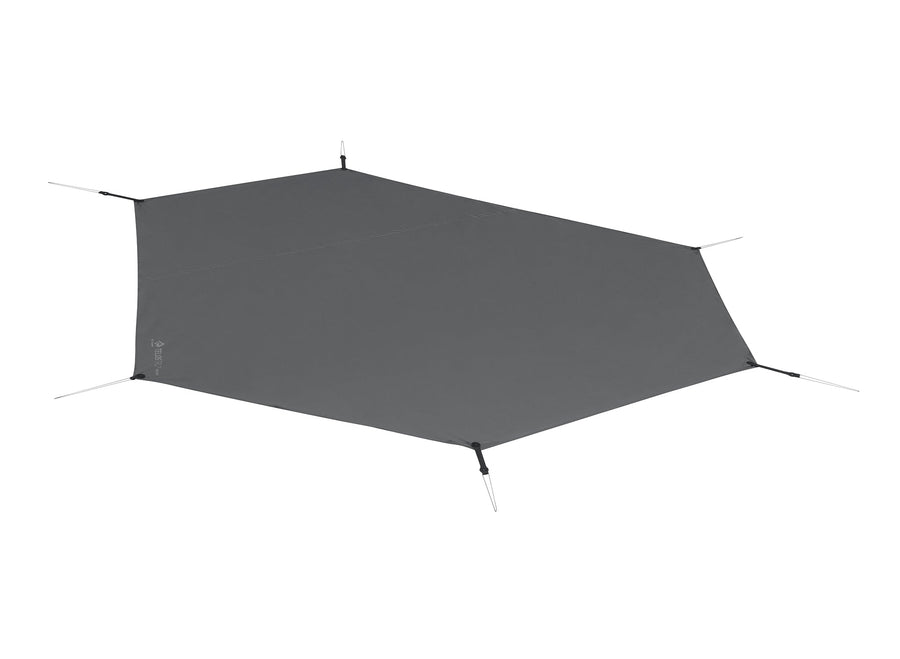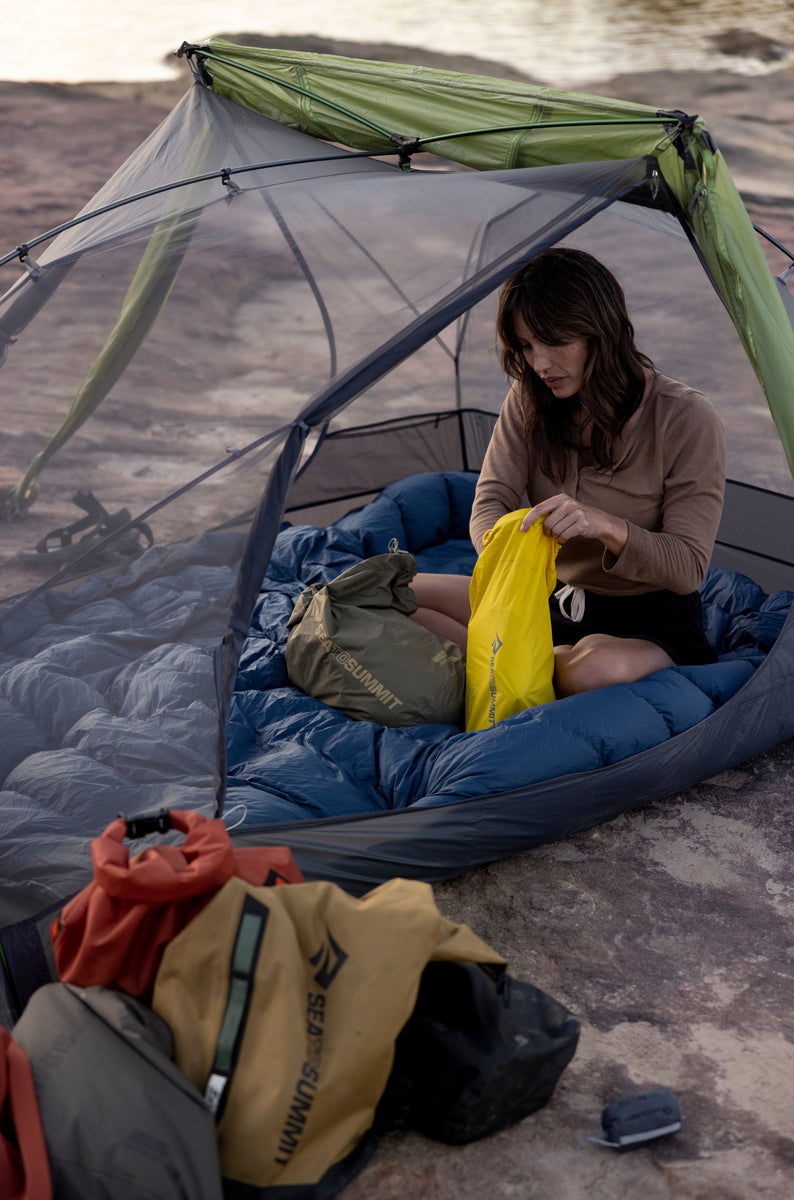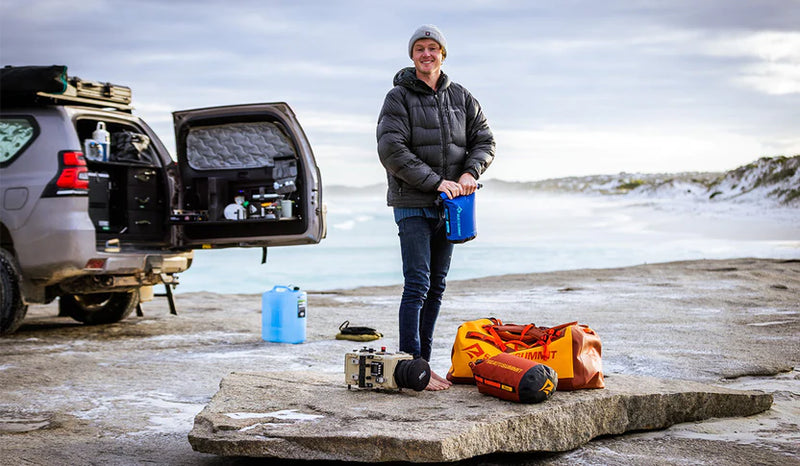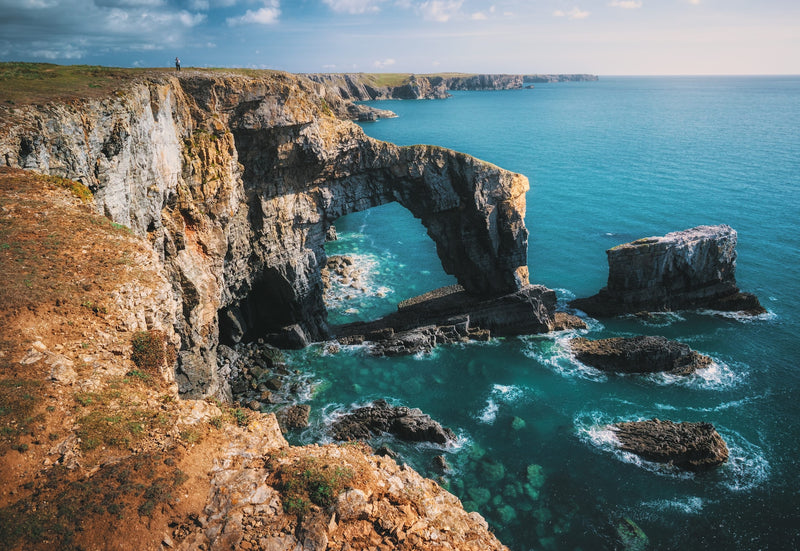Ultra-race packing list
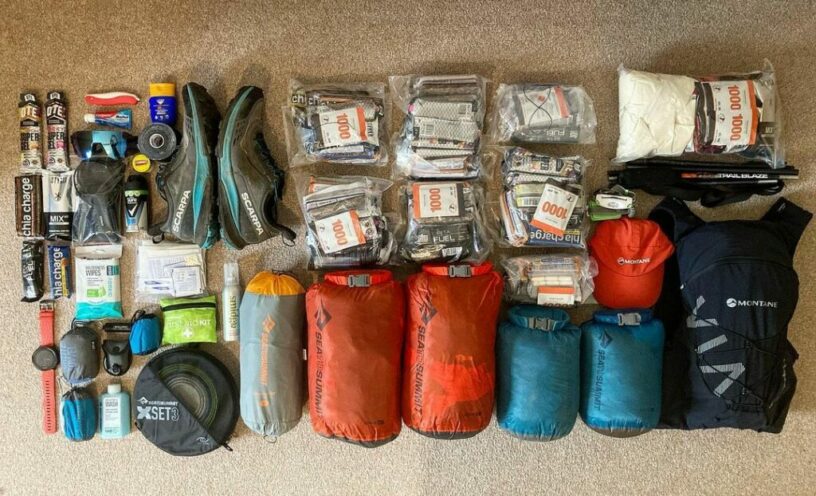
Running an ultra race is a huge challenge! Not just the tough days running, but also dealing with the conditions and wild terrain.
So, when packing for a multi-day race it is essential to get your kit right. We spoke to Ultra-runner Howard Dracup and got him to share packing list for a multi day race.
Here is Howard's packing list for running the Cape Wraith Ultra:

Ether Light XT Insulated Sleeping Mat
A good night's sleep is absolutely essential in an 8 day multi stage race. I chose this mat because it was really thick (10cm) and insulated so I would be warm and comfortable. Even though its not super super light I thought that it was still very light for the comfort and insulation (approx 500g). Id noticed a lot of people had gone for the ultra thin mats weighing about 300g, Id much rather of had mine for a mere 200g and had the best sleep I could!
Aeros Ultralight Pillow
Again sleep is crucial so instead of using a jacket or my backpack as a makeshift pillow, I used the ultra-light pillow and combined with the ether light mat I was able to get a better sleep.
Ultra-Sil Dry Bags
8l These were for keeping my kit dry and organised. I also used them to compress the size of my kit allowing me more room in my main drybag. I used the 8litre sacks for larger items, jackets, shorts, t shirts etc.
4l These were for keeping my kit dry and organised. I also used them to compress the size of my kit allowing me more room in my main bag. I used the 4 litre sacks for smaller items like hats, gloves, socks, underwear etc.
X-Set 3
When I wasn't running at cape wrath I was eating! (or sleeping) These were great, made from a heavy duty, rubber outer with a solid plastic bottom. They felt bomb proof and indestructible. I obviously ate my many, many meals from them. They were easy to clean and when you finished with them the rubber outer presses down inside itself so that all 3 items very neatly fit inside each other. This again saved on pack space allowing me to have more space in my main drybag.
AlphaLight Cutlery
I loved these. Super light and strong made from aluminium and they came on a handy carabiner to keep them together. It was nice to have a fork that pierced the food so I could hold stuff down while I used my knife to actually cut food. Camp cutlery is usually blunt plastic that resembles a fork or a knife but doesn't work the same- these were a nice luxury to have.
The Clothesline
On a multi-day you're going to need to wear the same clothes over and over so I needed a clothes line to dry my stuff on. The sea to summit clothes line came in a very small, handy, stuff sack, which was connected to the line so I couldn't lose it and it also came with beads attached which you can trap the tips of your clothes in and use them as pegs (genius). This came in handy at the end of each day when I had to dry out anything I needed to wear the next day.
Wilderness Wash
This can be used to wash anything- hands, hair, body, cutlery, dishes etc. I mainly used it on my cutlery and dishes etc. Hygiene is quite important on a multi-day race. You don't want to become ill so the best way to prevent that is by having good hygiene and keeping yourself and your personal items as clean as you can.
Wilderness Wipes
These were really handy. I used these for lots of things but mainly for when I needed clean hands to put my contact lenses in. Other times I used them was when I had come back from the toilet or to wash my whole body after a day's running. We always had a river at camp to wash in but most days it was cold wet and windy.
So, to go and get in a cold river clothed or unclothed whilst already cold isn't a good idea, you could end up with hypothermia or make yourself ill. It was cold enough while out running so when you had stopped running and cooled down, the last thing you want to do is go and lie down in a freezing cold river so I used the wipes on my body and feet.
Airlite Towel
I used this every day when I got back from running in the rain to get dry quick before putting on my warm, dry, clothes. I loved how small and light this towel was when I wasn't using it. It was made from a very thin, absorbent material so it took all the water off your wet skin. When it wasn't taking up any more water all you had to do was simply wring it out and it would start to dry you again. It didn't take very long to dry out either because of the material and how thin it was.
Ultra-fine Mesh Headnet
With the race being in Scotland, as soon as the rain subsided and the wind dropped, the midge would come out. Luckily the tents had midge nets on the doors so we could keep them out but when queuing for food or washing your dishes or queuing for the loo in the morning you would get swarmed by the midge if you didn't have your head net. The sea to summit one was very small and light and came with a nice little stuff sack to keep it nice and small when not in use.
Other kit:
This is mandatory kit which we all had to wear or carry each day: back pack, water bottle, waterproof jacket and pants, Survival bag not a blanket, compass, map, headtorch, spare headtorch, whistle, spare Primaloft insulated jacket- so if you wanted to set off wearing one you would need another, Primaloft gloves, hat, buff, running trainers, £50 cash, sharpie pen, cheap pay as you go phone turned off fully charged, GPS watch and a small basic first aid kit with blister plasters.
In addition to this on cold days I carried a spare dry baselayer in addition to the one I was wearing to start in. I also wore a cap, mainly to stop the rain being driven into my eyes when up high.
We also had to bring and carry our own food for during the day. So, before I started, I worked out how many grams of carbs per hour I would need, I was aiming for 60g. I then trained with 60/80g of carbs per hour during my long training runs prior to the race to see if my body was ok with that which it was.
I then worked out how long each day would take me (in hours) and this enabled me to calculate how much food I would need to take for each day depending on how long it was! I kept my nutrition simple, I was to have an OTE super gel on the 0.5 of the hour and then half of a chia charge bar on the 1.0 of the hour and repeat all day so it was a gel then half a bar, gel, half a bar, gel, half a bar every 30mins- repeat! Yes that took some training in the build up!
I organised my food before I set off from home by putting each day in an individual, large ziplock bag with the day wrote on in sharpie pen. Id say this alone took up about 10kg of the 20kg.
